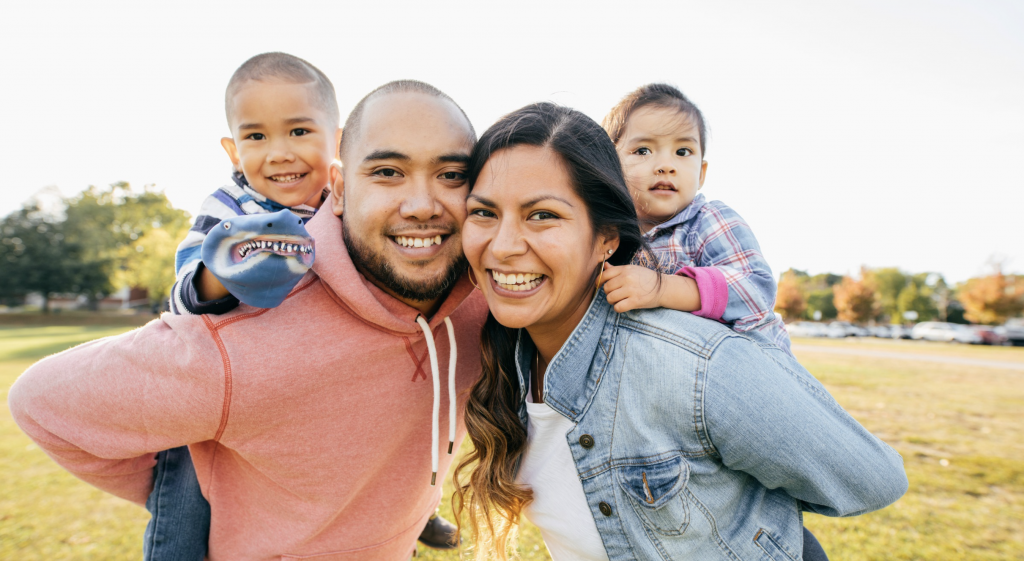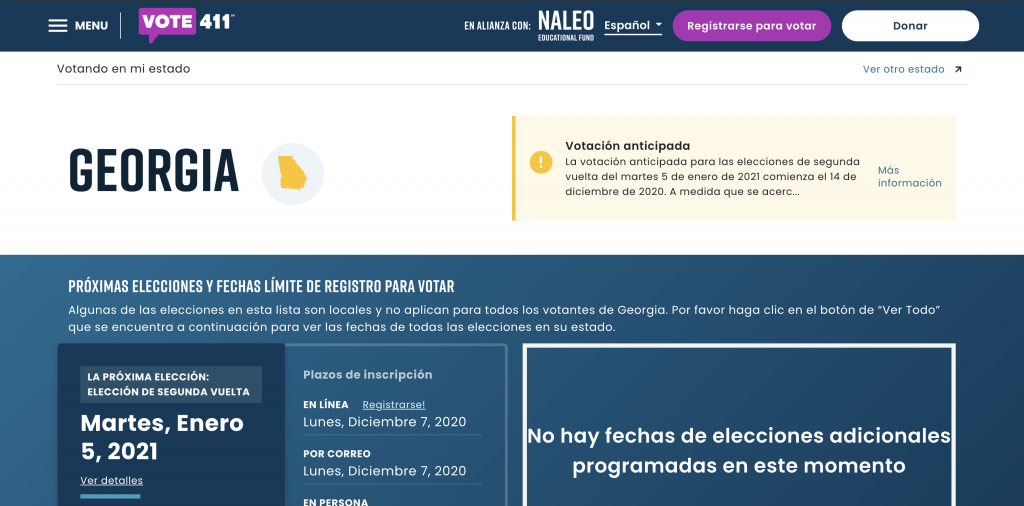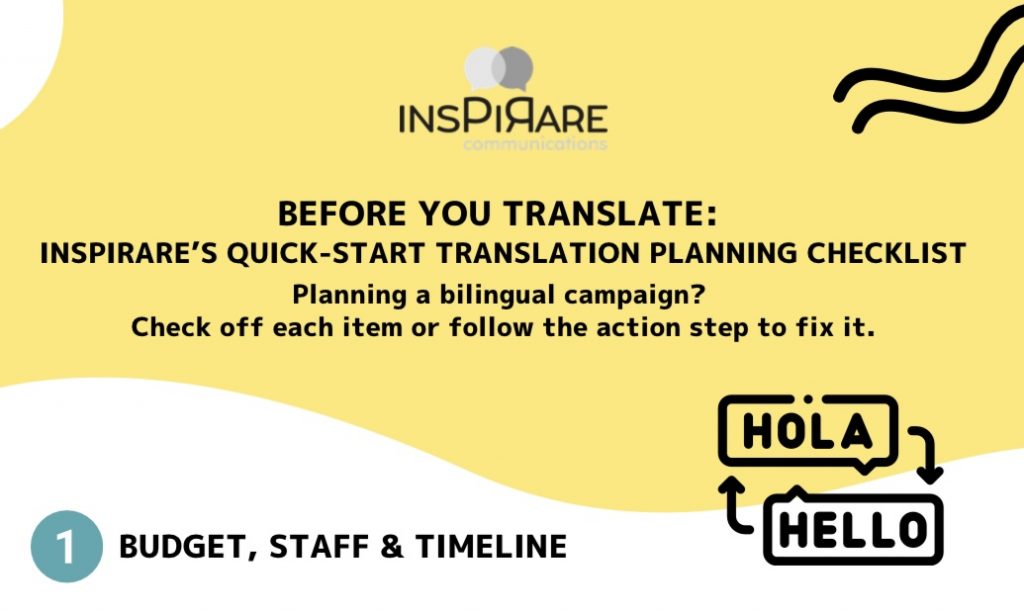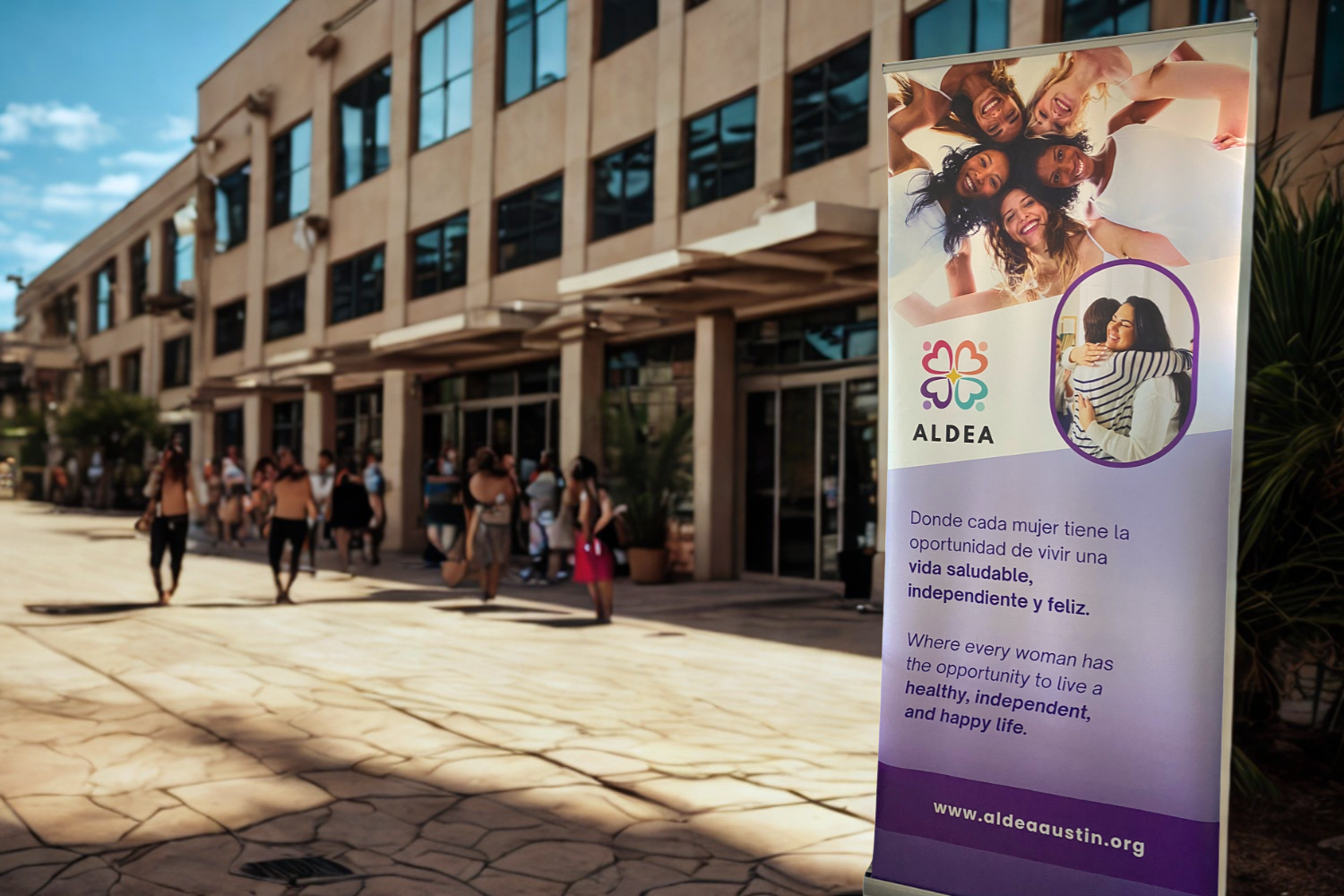How to Reach Latino and Bilingual Audiences with Cultural Relevance
At Inspirare, we’ve spent decades helping organizations connect meaningfully with their communities. Our strength lies in the Latin community, but our expertise extends across diverse cultures and languages.
Words are powerful. They can invite someone in…or leave them out.
In community-centered work, language isn’t just about communication. It’s about trust, connection, and showing up in a way that reflects the people you serve.
For nonprofits and mission-driven organizations working in multicultural spaces, bilingual communications are no longer a “nice to have”—they’re a necessity. Especially when engaging Latino/a/x, Spanish-speaking, and bilingual communities, culturally relevant language is one of your most impactful tools for building lasting relationships.
🗣️Free tool! Planning a new bilingual campaign? Don’t hit publish just yet.
Our Translation Planning Checklist will help you spot gaps, align your team, and make sure your message lands the way you intend. Keep reading to get the link!
What You’ll Learn in This Mini Masterclass
By the end of this guide, you’ll be able to:
- Explain why bilingual communications matter in community and advocacy work
- Identify common mistakes to avoid when translating or localizing materials
- Apply best practices to make your messaging more culturally relevant
- Learn from real-world examples (like our work with the League of Women Voters)
- Access trusted resources to support your organization’s efforts
Why Bilingual Communication Matters

More than 42 million people in the U.S. speak Spanish at home, yet many nonprofits still default to English-only materials.
In cities like Austin and across the country, Latino and bilingual communities make up a growing portion of the population. And yet, many still don’t feel fully seen or included in the messages coming from local organizations.
Language is deeply tied to identity, memory, and emotion. When people see themselves and their culture reflected in your words, your visuals, and your values, they’re more likely to feel a sense of belonging. That’s what builds community.
💡 Lightbulb moment! 💡
Bilingual communication isn’t just about translation—it’s about showing that you care enough to meet people where they are.
Whether your mission is tied to public health, civic engagement, education, or housing, being intentional about language helps make your work more equitable and more effective.
What Not to Do
Even well-meaning organizations can miss the mark. Here are a few common pitfalls that can get in the way of genuine connection:
🚫 Literal translations that miss cultural meaning.
Google Translate (and AI) has come a long way, but language is full of nuance, emotion, and tone—and word-for-word translation rarely captures that. Context is key, especially when you’re building trust.
🚫 Treating “Latino/a/e/x” as a one-size-fits-all audience.
The Latin community is not a monolith; it’s incredibly diverse. Language, customs, and slang vary widely across regions and generations. Speaking effectively means knowing who you’re speaking to.
🚫 Ignoring dialects, slang, and local context
What resonates in one community might feel foreign or even alienating in another. Cultural cues matter because trust is local—and so is language.
🚫 Translating only the bare minimum.
Providing basic materials in Spanish (like a homepage banner or a one-pager) isn’t enough. Think holistically. Are your forms, social posts, and outreach materials all accessible?
Ask yourself:
- Are we translating full campaigns, or just pieces?
- Are we reviewing translated materials with trusted bilingual staff or community members?
- Do our visuals reflect the communities we serve—or do they feel generic?
What to Do Instead
So how do you move from generic to genuine? Great question. Here’s what we’ve seen work again and again when organizations want to reach bilingual and Latino audiences with care:
✅ Let the community tell their own stories.
The best messengers are people from within the community itself. Use their stories, their voices, and their words. Invite participation and co-creation whenever possible. Then? Test and gather feedback.
✅ Honor culture, values, and traditions.
Highlight themes like family, celebration, resilience, and mutual support. Respecting traditions while avoiding stereotypes is a must.
✅ Use visuals that feel familiar.
Language goes beyond words. Use imagery, colors, and symbols that reflect the aesthetic and emotion of your audience. Think flyers in Spanglish, papel picado designs (when appropriate), photos from community events, and imagery that feels like home.
Real-World Example: Reaching Spanish-Speaking Voters Through Vote411
Since 2016, we’ve had the honor of supporting the League of Women Voters in creating bilingual, culturally responsive voting resources across the U.S.—especially through Vote411.org.
Case Study: When Vote411 Went Bilingual

Roughly 14% of the U.S. population speaks Spanish as a first language—yet many voting tools still leave them out. In 2020, the League responded by translating its entire Vote411 platform into Spanish.
We partnered with them to help make this happen, translating content for states like Arkansas, California, Georgia, Michigan, Montana, Nevada, New York, and North Dakota.
As a result, millions of voters were able to find candidate information, polling locations, and deadlines in the language they use every day.
Expanded Outreach
But it wasn’t just about the website. The League also invested in Spanish-language outreach through postcards, radio ads, and social media. Because when more voices are heard, our democracy is stronger.
Spotlight: Georgia’s Historic Runoff

Even after the presidential election was decided, the nation faced a set of crucial runoff elections in Georgia. The League reached out to thousands of voters via email, text, phone, radio, and more—with content available in both English and Spanish.
We supported this effort by translating Georgia-specific Vote411 content into Spanish, helping more bilingual voters get to the polls with confidence.
And that outreach mattered. According to GALEO:
🗳️ 205,298 Latinos voted in Georgia in 2020
🤝 That’s over half of the Latino electorate at the time
📈 Latino voter registration grew 57.7% between 2016 and 2020
This kind of outreach shows what’s possible when bilingual communications are prioritized—not just for access, but for empowerment.
Practical Tips to Get Started
Reaching bilingual audiences doesn’t require a massive budget or a full rebrand. It starts with listening, learning, and taking small but intentional steps.
1️⃣ Talk to community leaders.
Reach out to trusted community members, cultural liaisons, promotoras, or neighborhood organizers. Ask what they’re seeing, what’s missing, and what matters most to the people they represent.
2️⃣ Use trusted translators.
This is not the moment to rely on ChatGPT, Google Translate, or your one Spanish-speaking coworker. Look for translators with professional experience in localization, ideally from the community you’re reaching.

3️⃣ Test your messages.
Before launching a full campaign or publishing a new resource, run it by members of your community. A small focus group can help you avoid costly mistakes and deepen trust. Ask:
- “Does this feel natural?”
- “Is anything confusing or off-putting?”
- “What would make it better?”
Need a starting point? Send us a message!
Trusted Resources to Add to Your Bilingual Communications Toolkit
No matter where you are in your bilingual communications journey, here are a few resources we recommend:
- Latino Community Foundation
- National Association of Hispanic Journalists
- Translators Without Borders
- Vote411 en Español
- UnidosUS
- NALEO Educational Fund
- Hispanic Heritage Foundation
- Your local cultural centers, Spanish-speaking community leaders, and bilingual creatives
- Us! This is our whole thing.
Ready to Take the Next Step?
💭 Mini self-audit for your team:
👉 Are your community resources available in Spanish from start to finish?
👉 Do your visuals and messaging reflect your community’s values and culture?
👉 Do you have a trusted translator or cultural partner?
Final Thoughts
Your message is only as powerful as the people it reaches. If your nonprofit is working to build trust, expand access, or promote equity, culturally relevant bilingual communications can help you get there—with heart, clarity, and care.
Want Help with Translation, Strategy, or Outreach?
That’s what we’re here for. At Inspirare, we’re proud to support nonprofits, coalitions, and community leaders who want to connect with bilingual and Spanish-speaking communities in meaningful ways.
👋 Let’s talk. We’d love to learn more about your work and how we can help. Send us a message!
🔁 ICYMI: Use our Translation Readiness Checklist to audit your materials, clarify your timeline, and set your team up for success.

Madeline Beath
With a Masters in Social Work focused on Organizational Leadership, I combine my passion for social media and nonprofit advocacy to help mission-driven organizations connect and create community.




